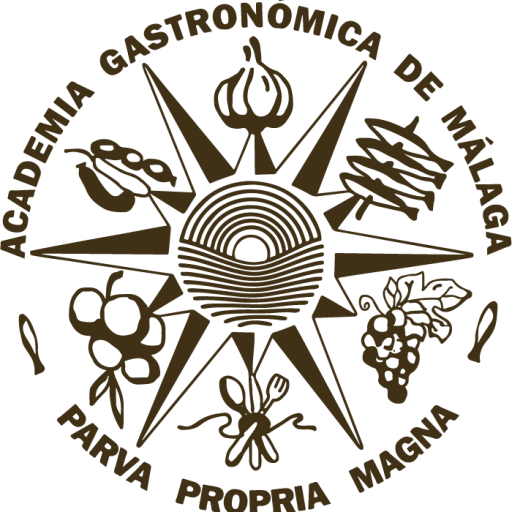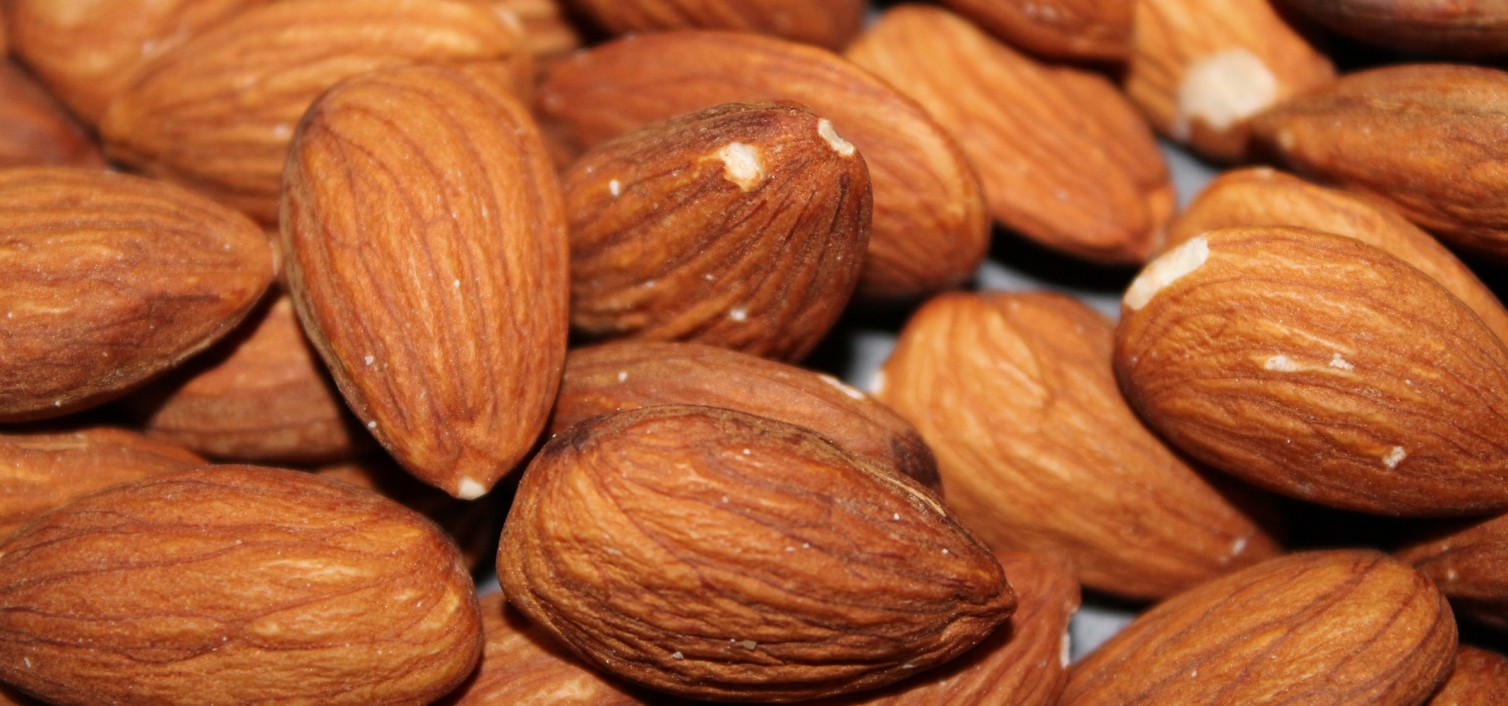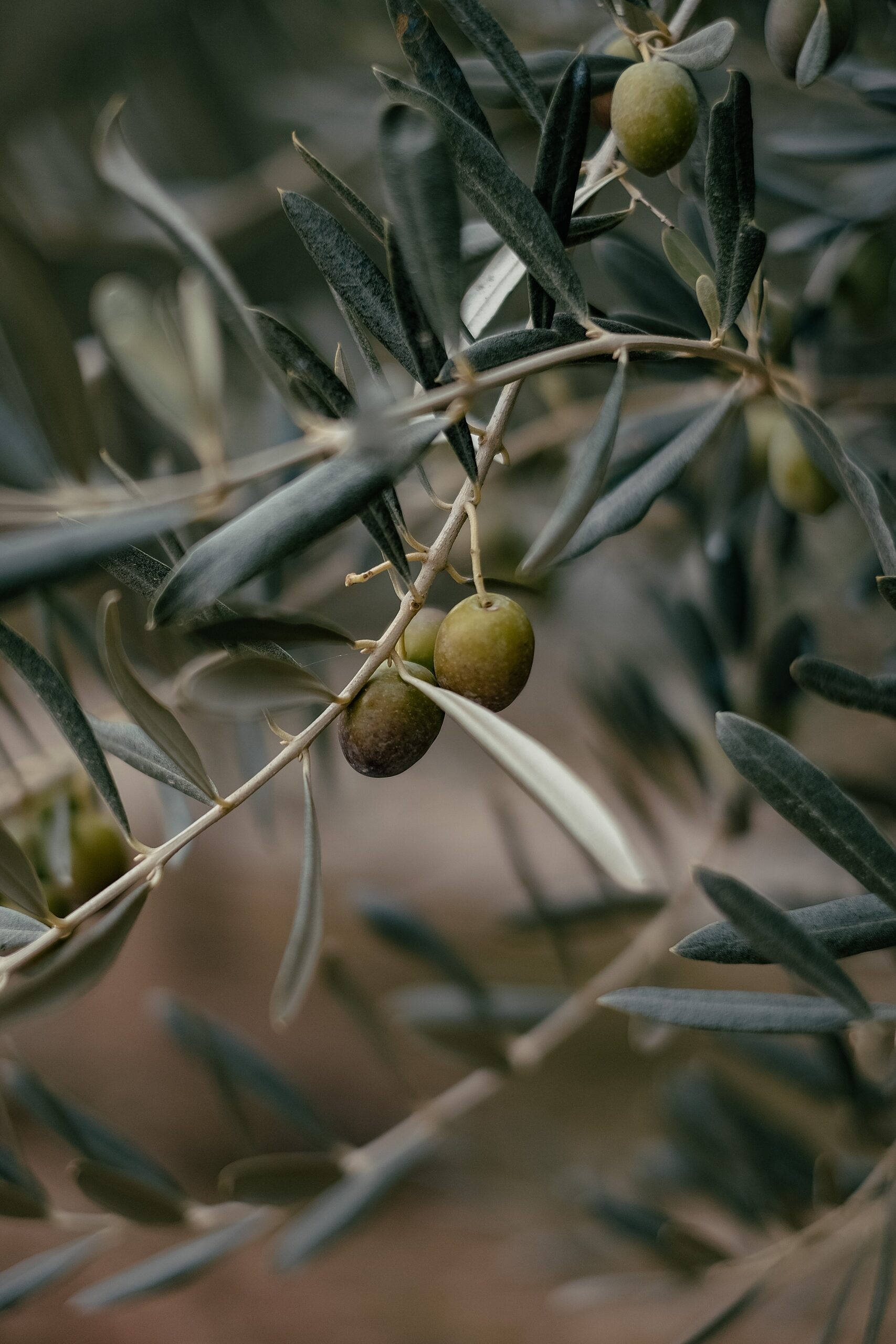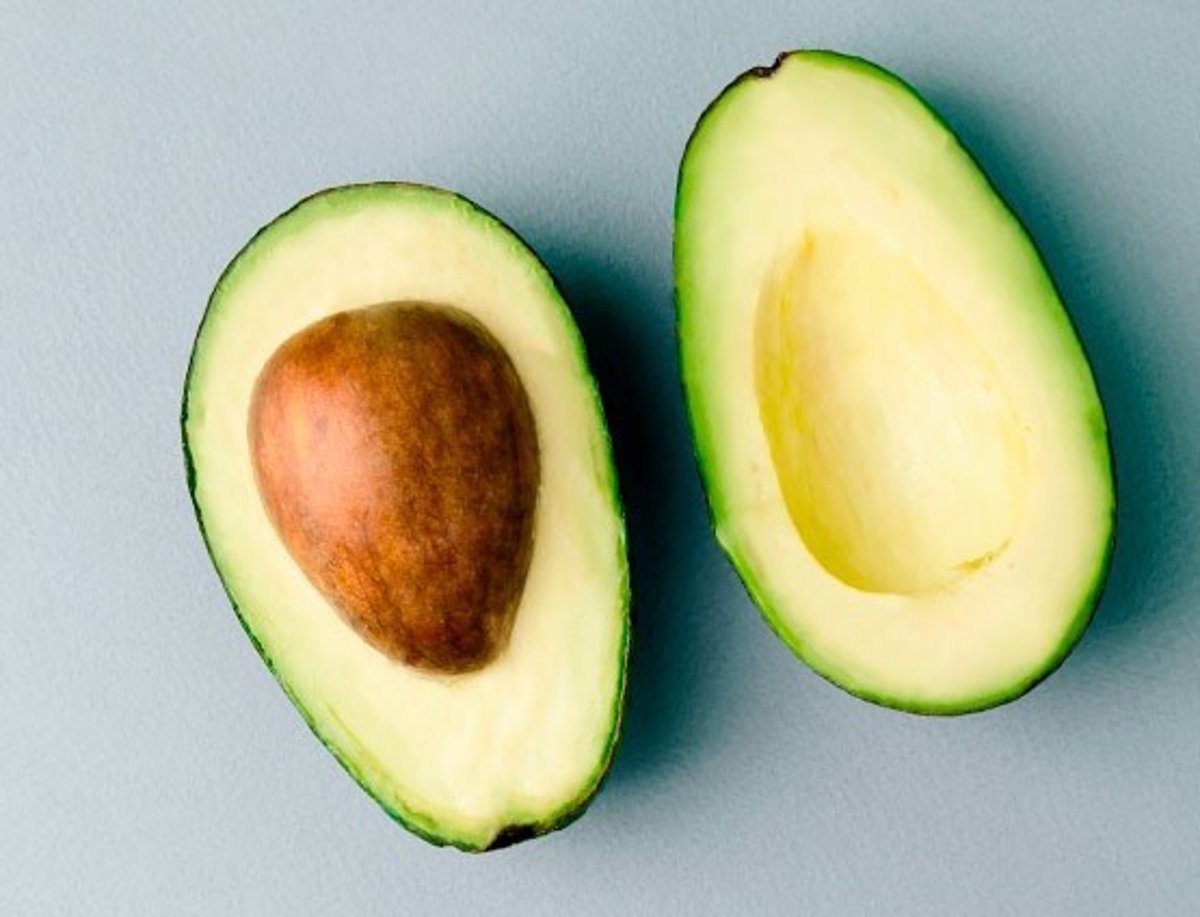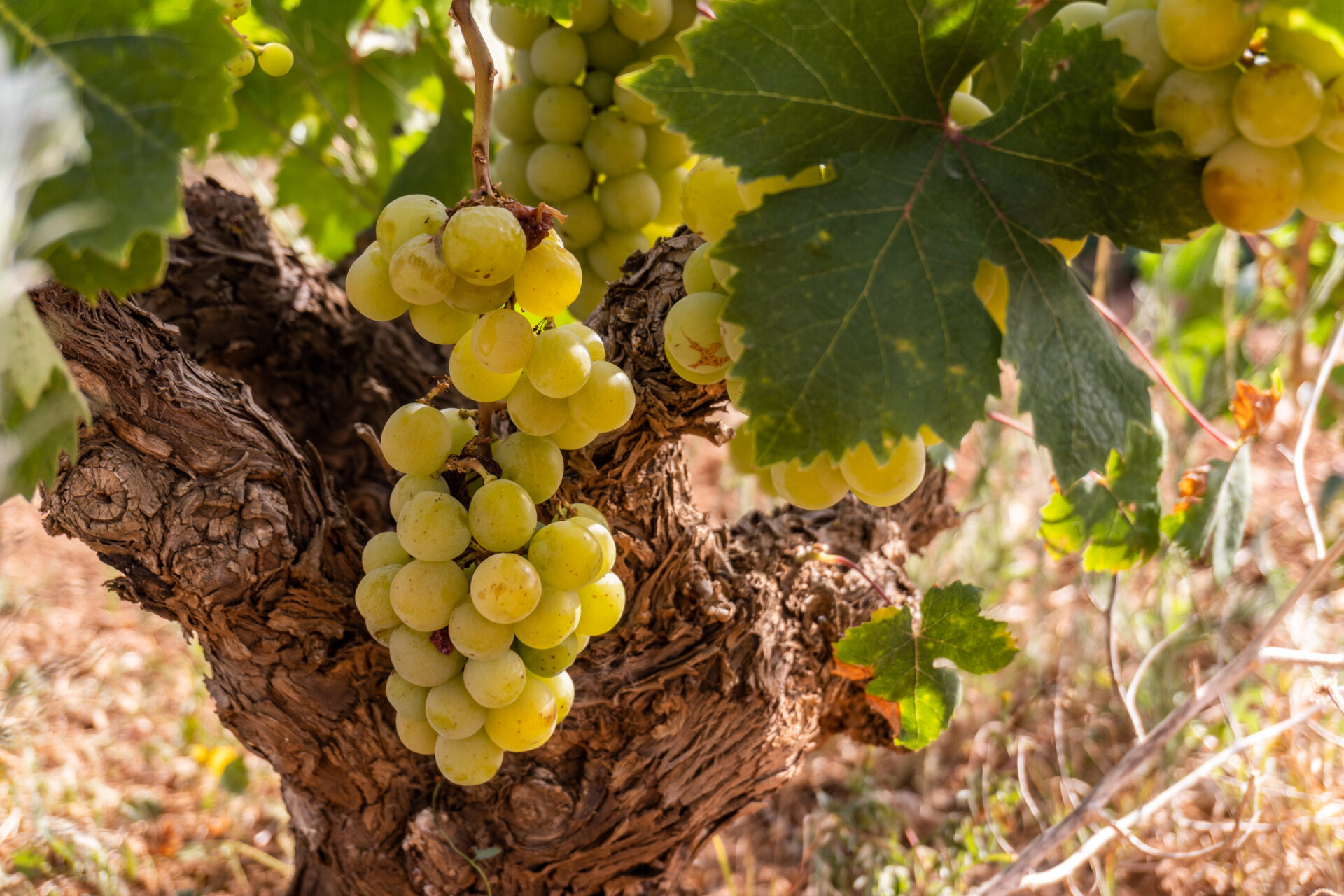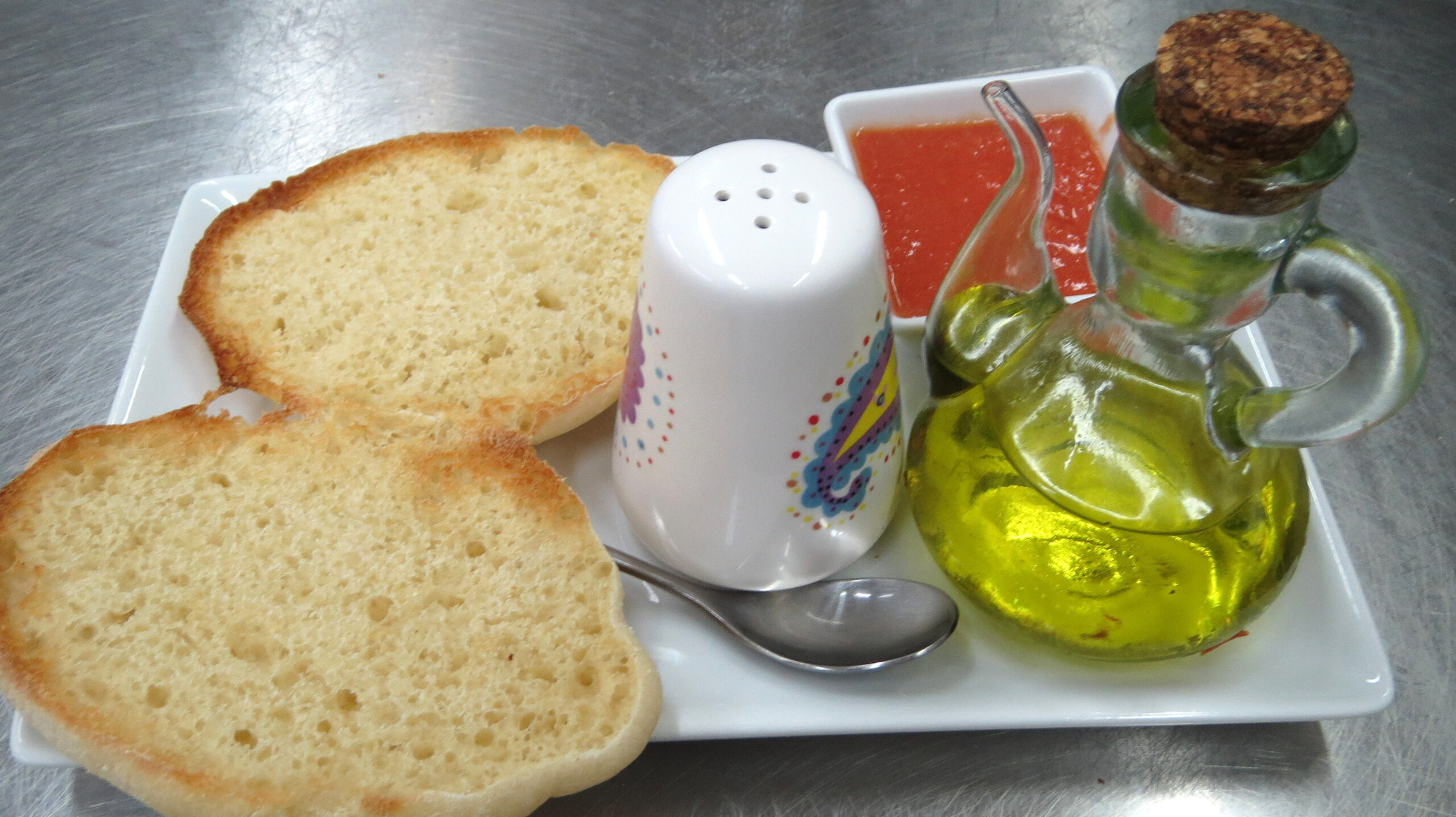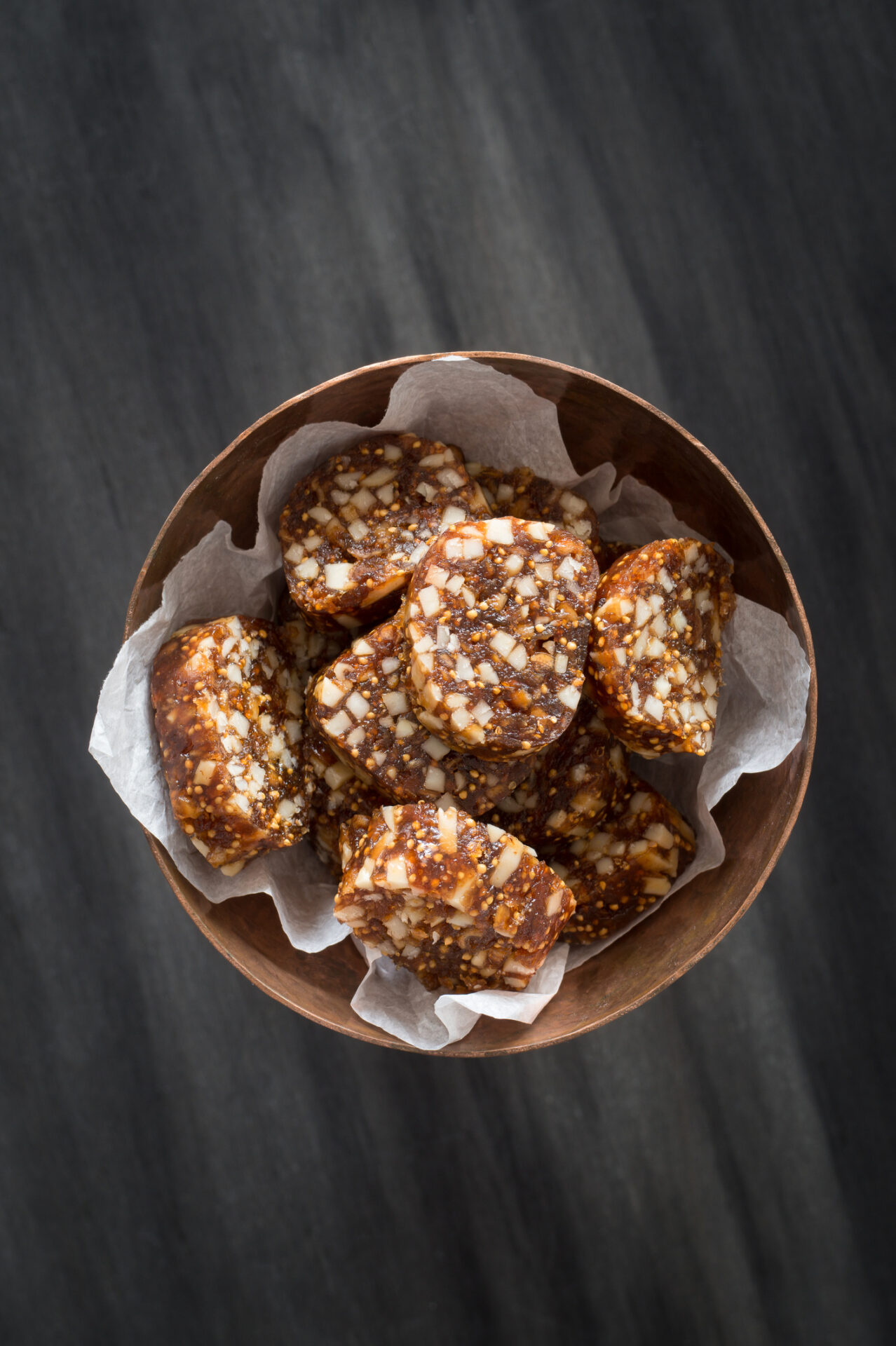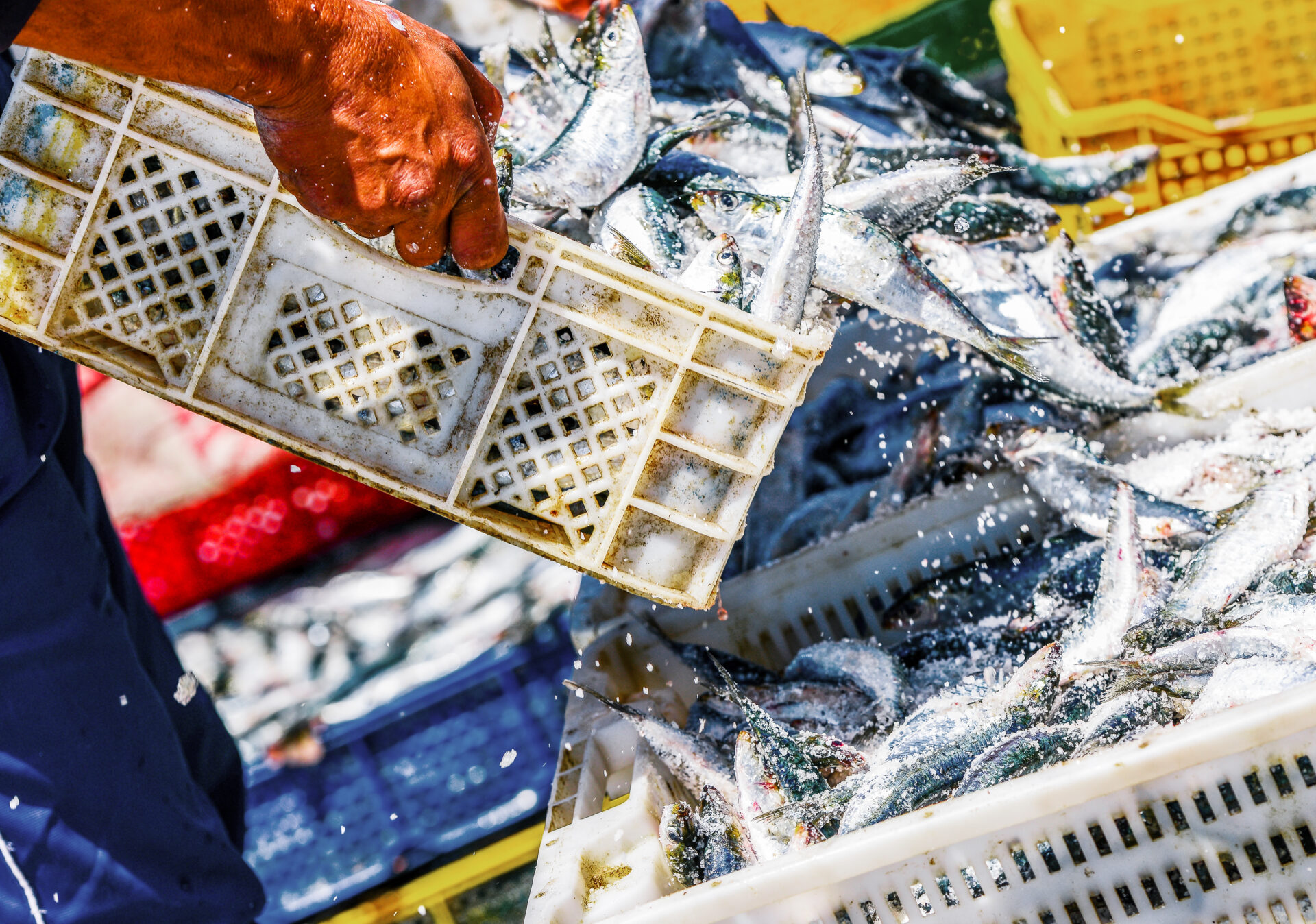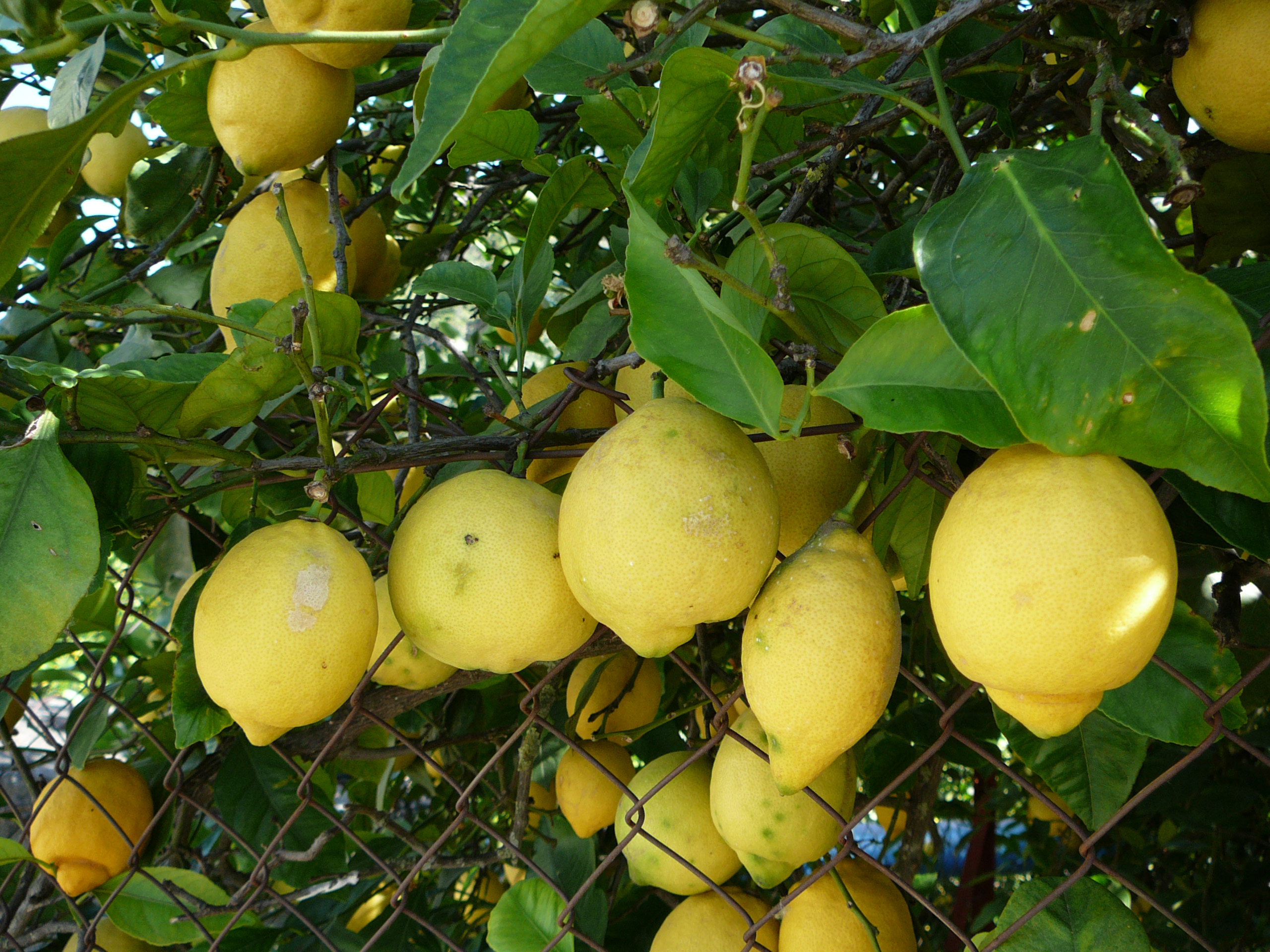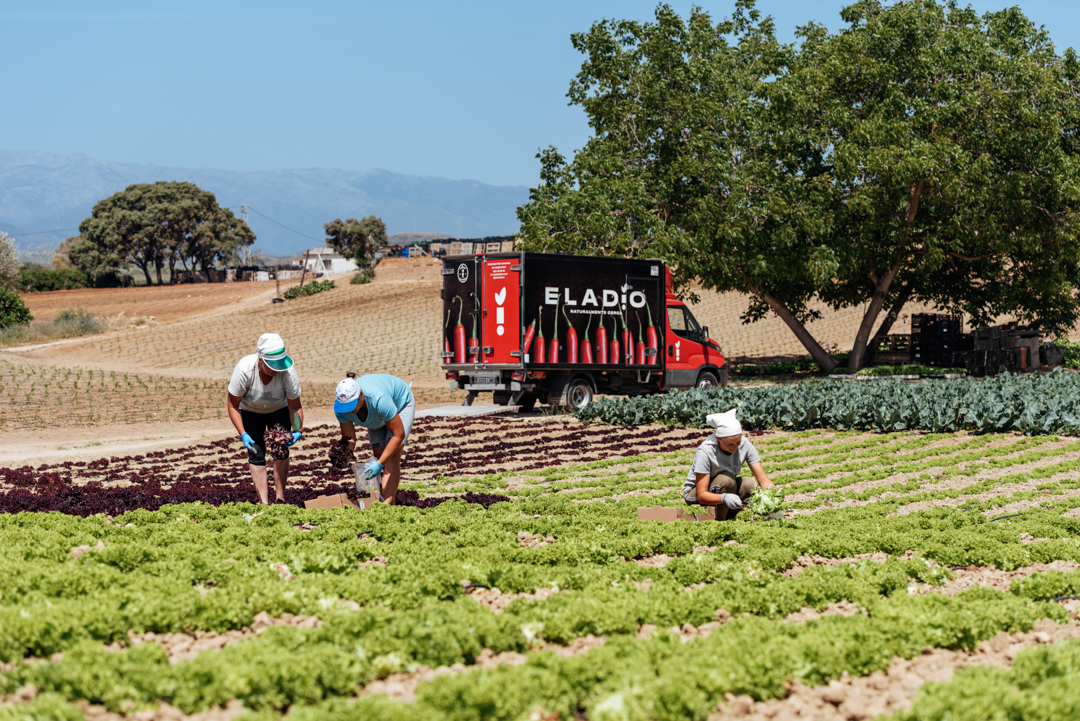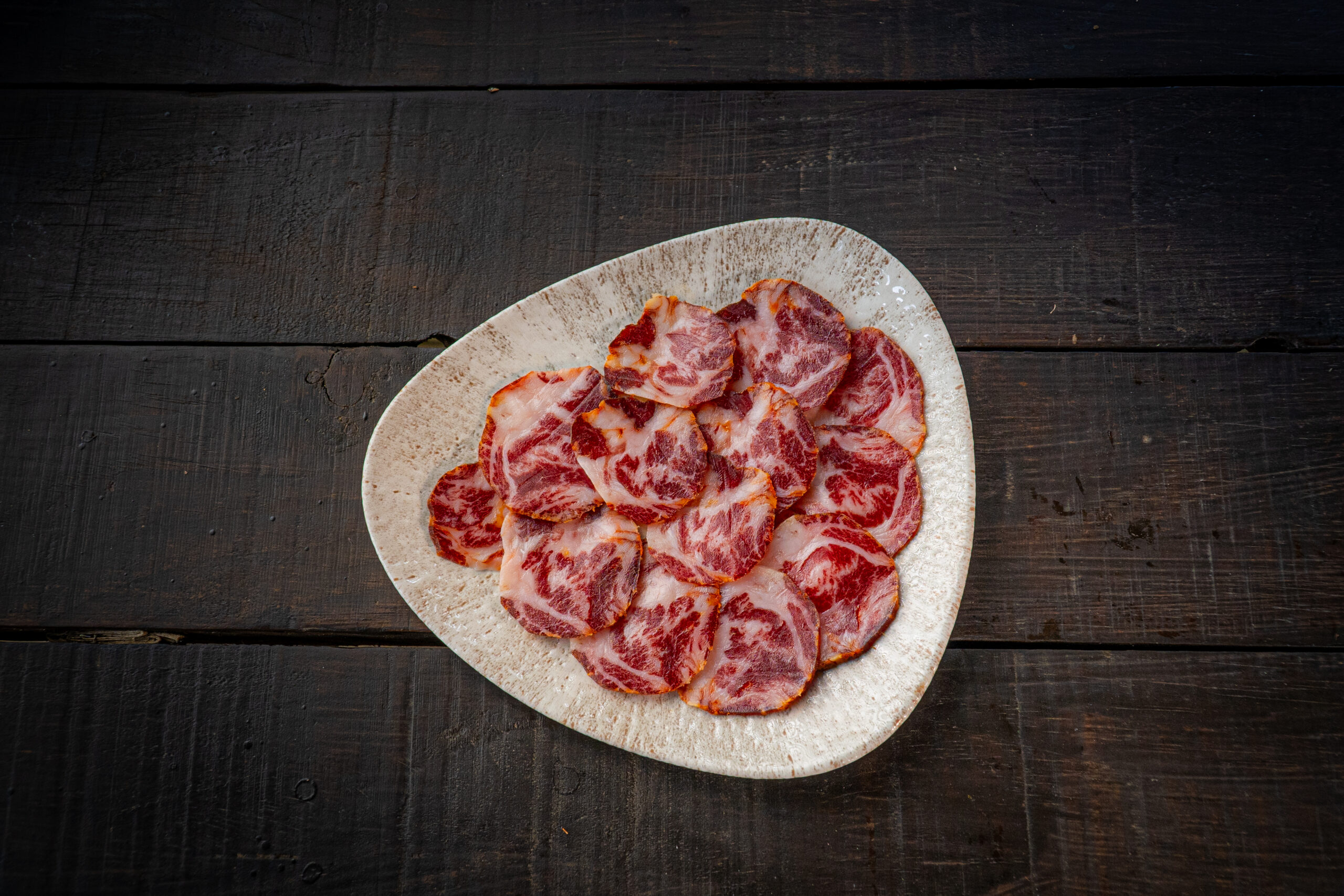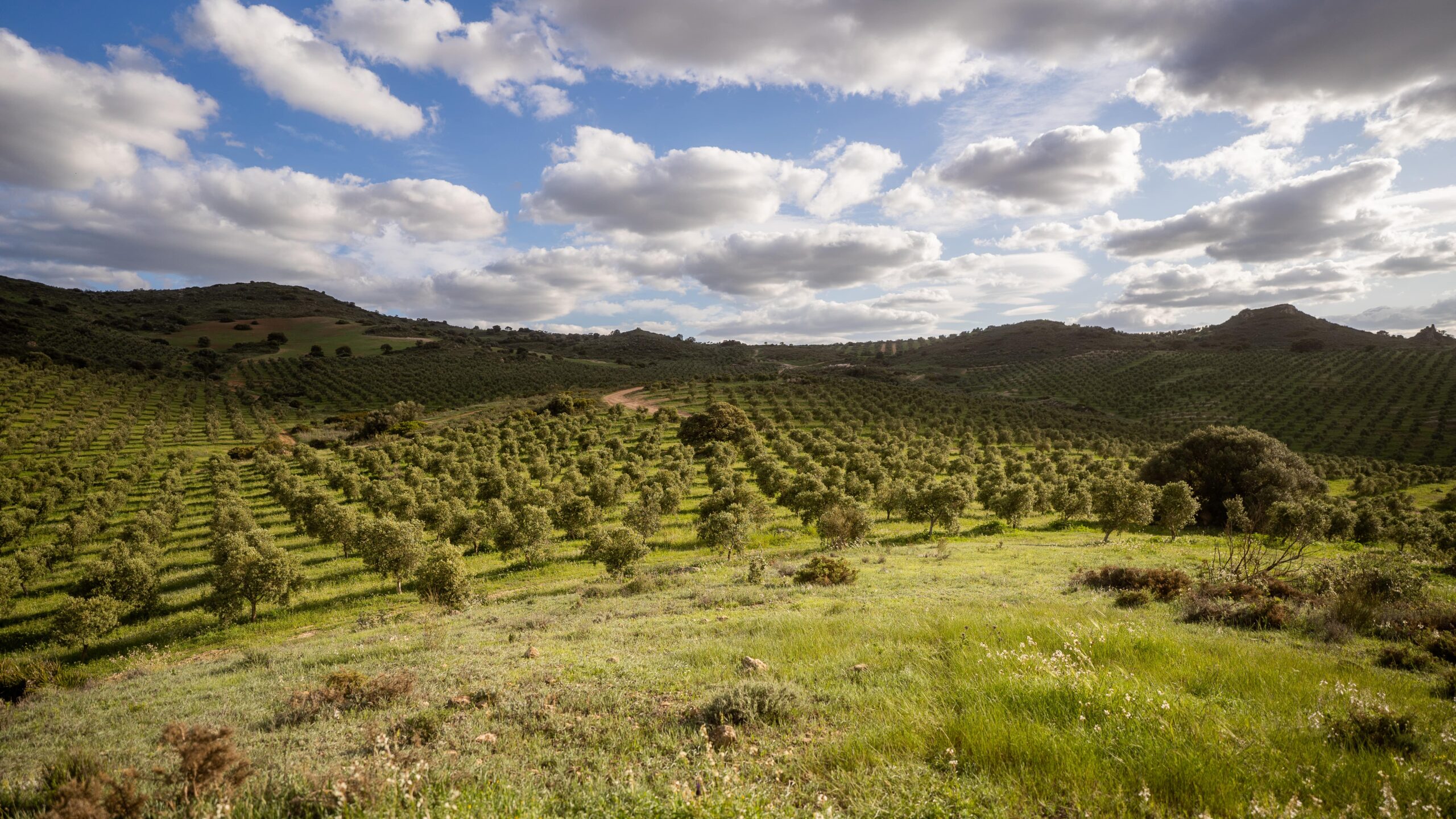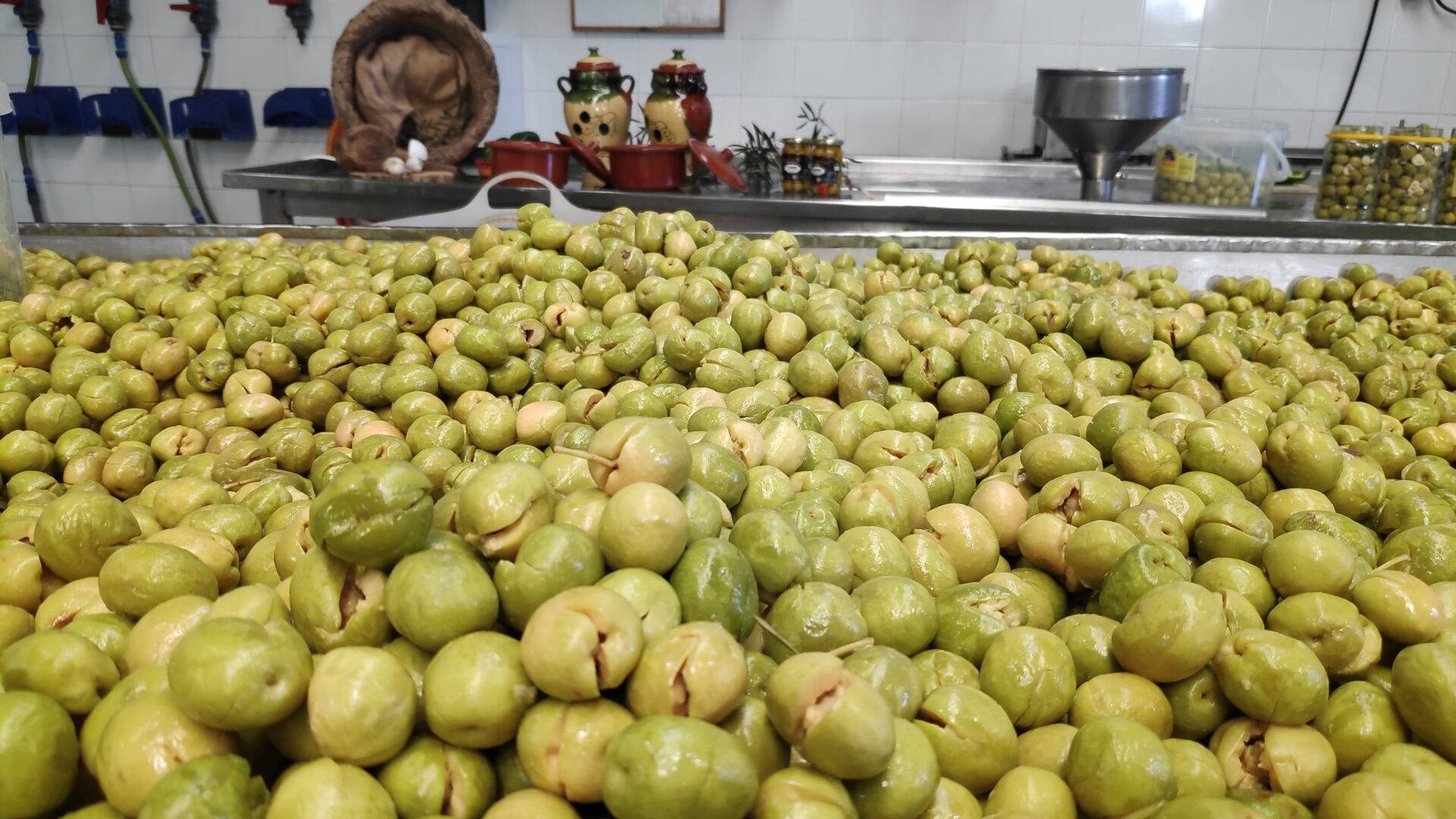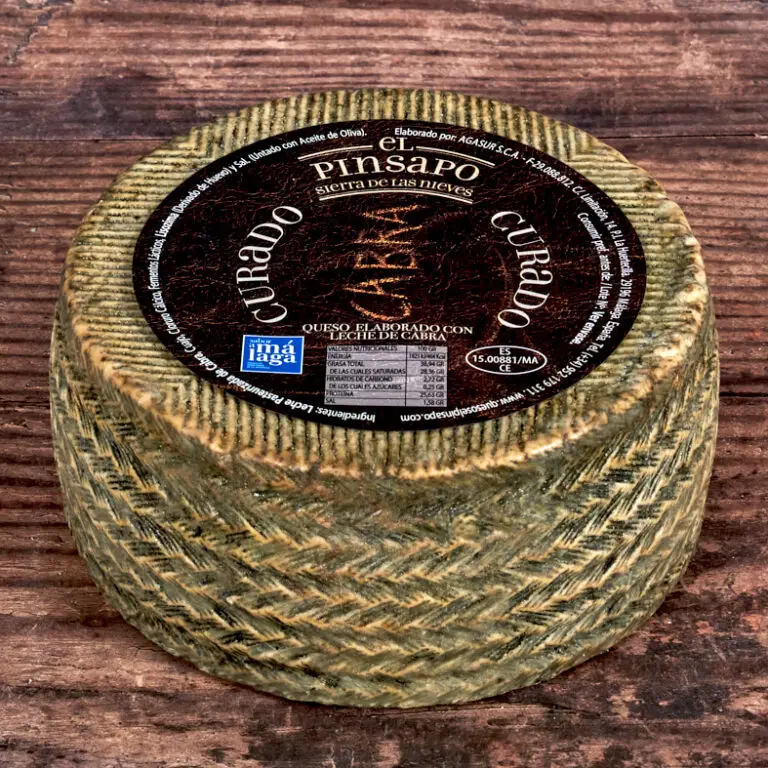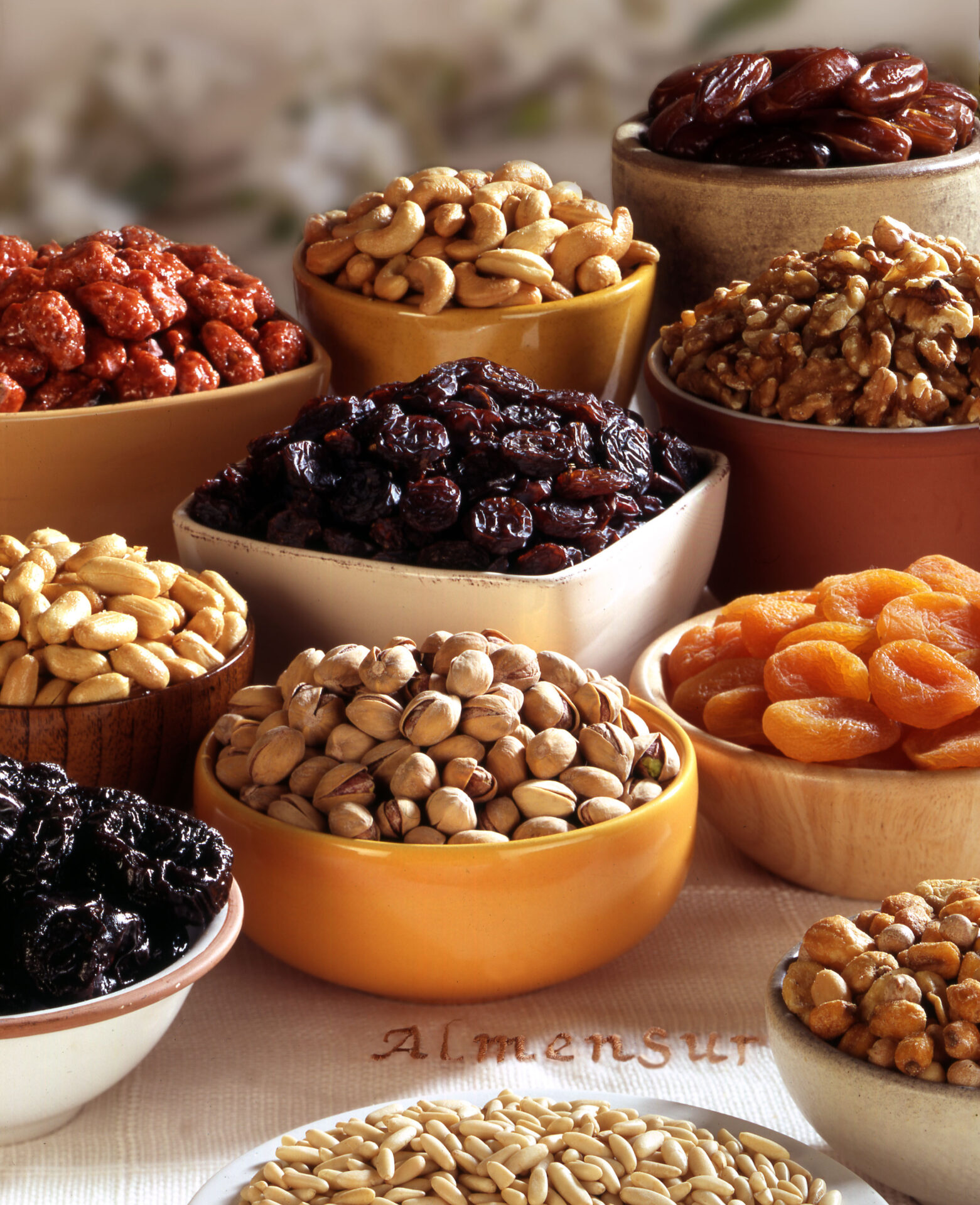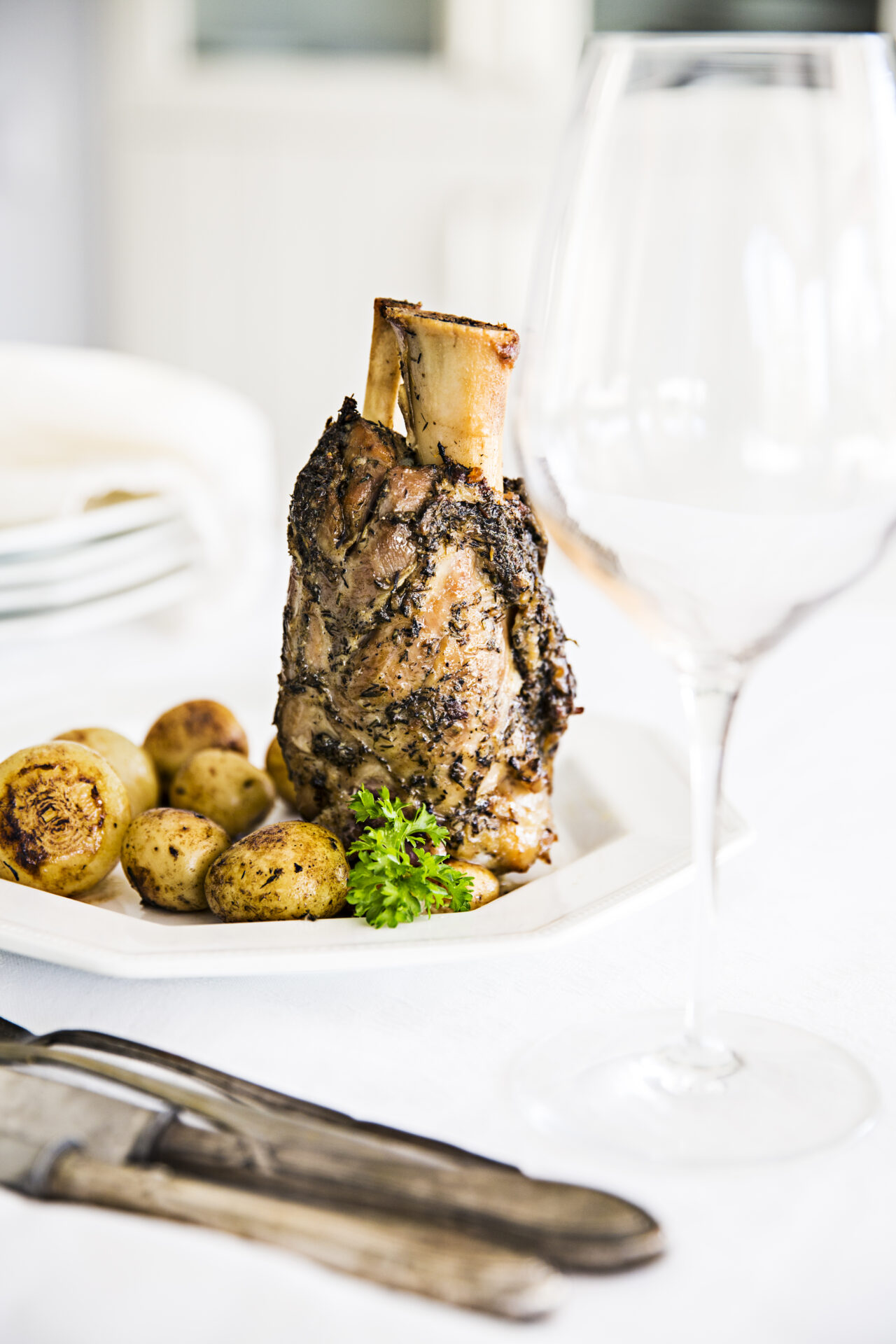The sale of this nut is one of the most typical sights in Málaga. Who hasn’t bought a cone of roasted and salted almonds from a street vendor in the center of Málaga at least once?
The province of Málaga dedicates a significant area to the cultivation, production, and export of almonds in regions such as the Guadalhorce Valley, the Montes de Málaga, and the Upper Axarquía. One of the main cooperatives dedicated to almonds is Almensur, which markets them in various formats and also produces products like candied almonds (garrapiñadas) and nougat (turrones).
The Marcona variety, valued for its flavor and larger size, is the most abundant in Málaga. Other varieties include Largueta and Comuna, and in recent years, the Guara variety has also been introduced.
The Málaga festival calendar is also linked to almonds, as many municipalities dedicate special days to highlight this food as a tourist attraction. For example, there is the Día del Almendro (Almond Day) in Guaro, the Día de la Almendra (Almond Day) in Almogía, and the Fiesta del Ajoblanco (Ajoblanco Festival) in Almáchar.
The almond tree bloom is a spectacular sight that colors numerous landscapes in the province of Málaga with shades of white and pink between the months of January and February.
Almonds are one of the basic ingredients in many traditional Málaga recipes, such as ajoblanco, porra blanca, goat in sauce, or the classic meatballs with almond sauce. As the Arabs once did, perhaps for this reason, almonds are also the base of sweet treats like bienmesabe from Antequera, torta de aceite from Málaga, or almond cookies from Ardales. Almonds are also widely used in the making of mantecados and polvorones during the Christmas season.
